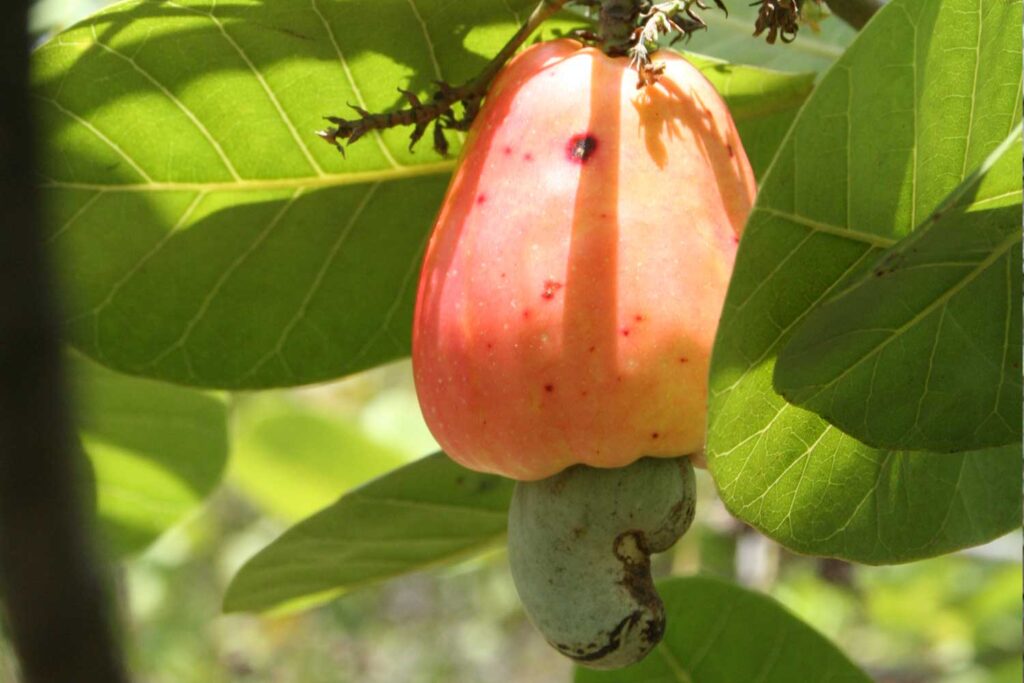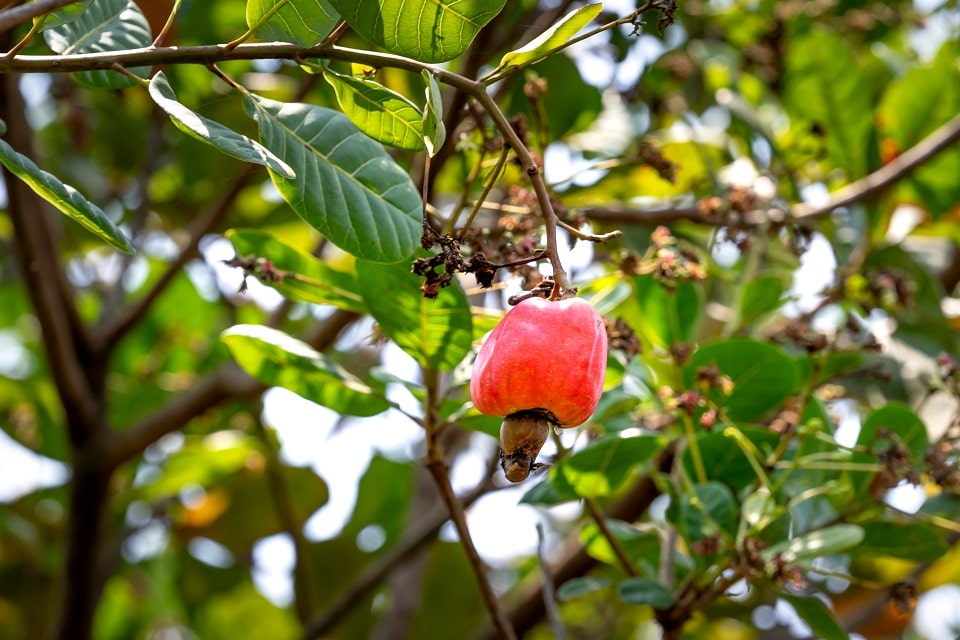The top cashew producing nations include Vietnam, Nigeria, Ivory Coast, Tanzania, Mozambique, Ghana, Guinea-Bissau, Indonesia and India among others primarily located in Southeast Asia and the African continent. These countries enjoy tropical climates ideal for cultivation of cashew trees.

In Vietnam, cashews are harvested between February to June before the rainy season arrives. The nuts ripen completely by February and remain attached to the bottom of the cashew apples. Farmers collect the fallen cashew apples daily and separate the nuts for further processing. Peak availability is in March-April.
The cashew harvesting times in India span from January to June varying by region. The western coastal states of Goa, Maharashtra and Kerala begin harvesting from January while the season starts later around March-April in eastern states like Odisha and Andhra Pradesh as winter departs. The raw cashew nuts get detached from fully ripened cashew apples indicating harvest times.
In Tanzania and Mozambique, cashews are gathered during the main season from December to February when nuts have matured to be removed from the fleshy cashew apples. A shorter, second harvest may occur in late summer as well in some areas. Kenyan cashew nuts become ready for harvest in October/November or in April depending on the regional climate variations.
Nigeria, Ivory Coast and Ghana see cashew apple ripening and separation of nuts happening between March to July marking the peak cashew nut harvest period before the rainy season arrives. Raw cashew nuts are manually plucked once fully developed within the lower apple portions.
As cashew is native to Brazil, the harvest times span throughout the year peaking during March-May which see higher yields and lower prices due to high supply. The northeastern Brazilian states are the biggest producers.

To ensure consistent raw material availability, cashew factories diversify their procurement across different geographies taking advantage of alternating harvest cycles and production capacities. Inventory is supplemented from newer origins like Cambodia, Indonesia and African countries during off-peak months to balance costs as well. Imports get staggered over seasons to maintain sufficient onsite buffer stocks.
The prices for raw cashew nuts fluctuate each season depending on global demand-supply situations, crop quality and volumes harvested across source locations. But generally, African nuts are cheaper ranging from $1000-1500 per metric ton compared to better graded Indian, Vietnamese or Brazilian nuts fetching $2000-2500 per ton during peak arrivals. Buying forward contracts or futures allows securing future season supplies at steady rates.
Sourcing raw cashew across its cultivation belt during country-specific peak seasons ensures that factories receive good quality and well-priced nuts year-round for business continuity.
cashew season, season, cashews, harvested, about two months after the fruit has set, around february – may time each year, start from november to february, cote d’ ivoire, season cashew, seasonal, cashew nuts, cashew nut, nuts
